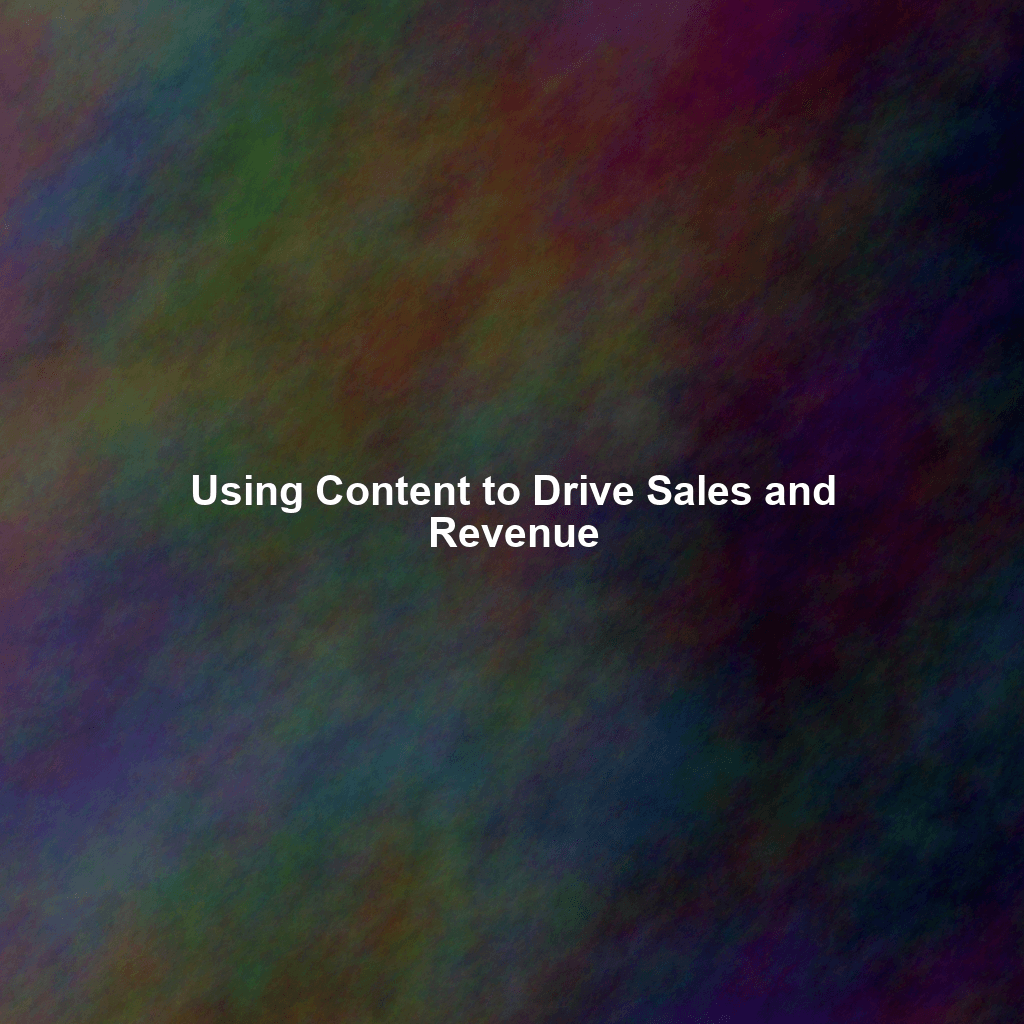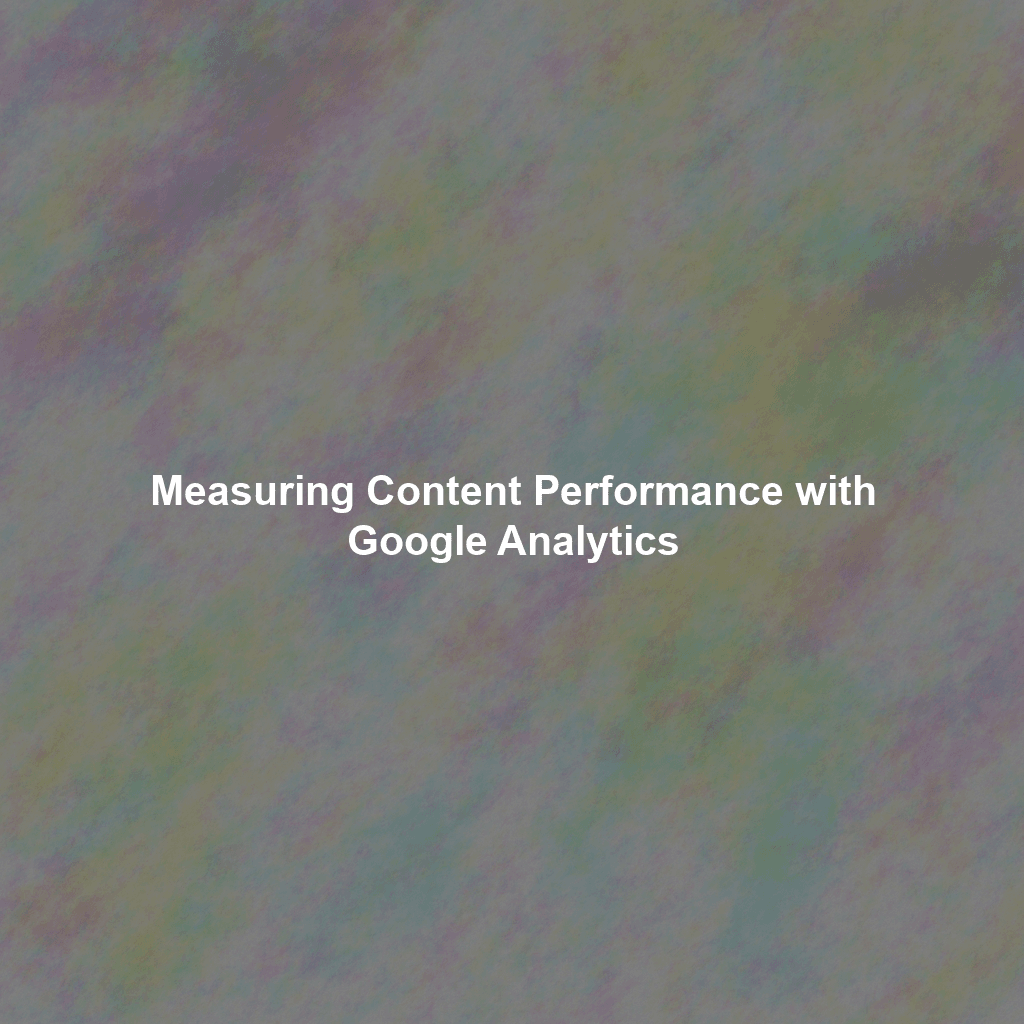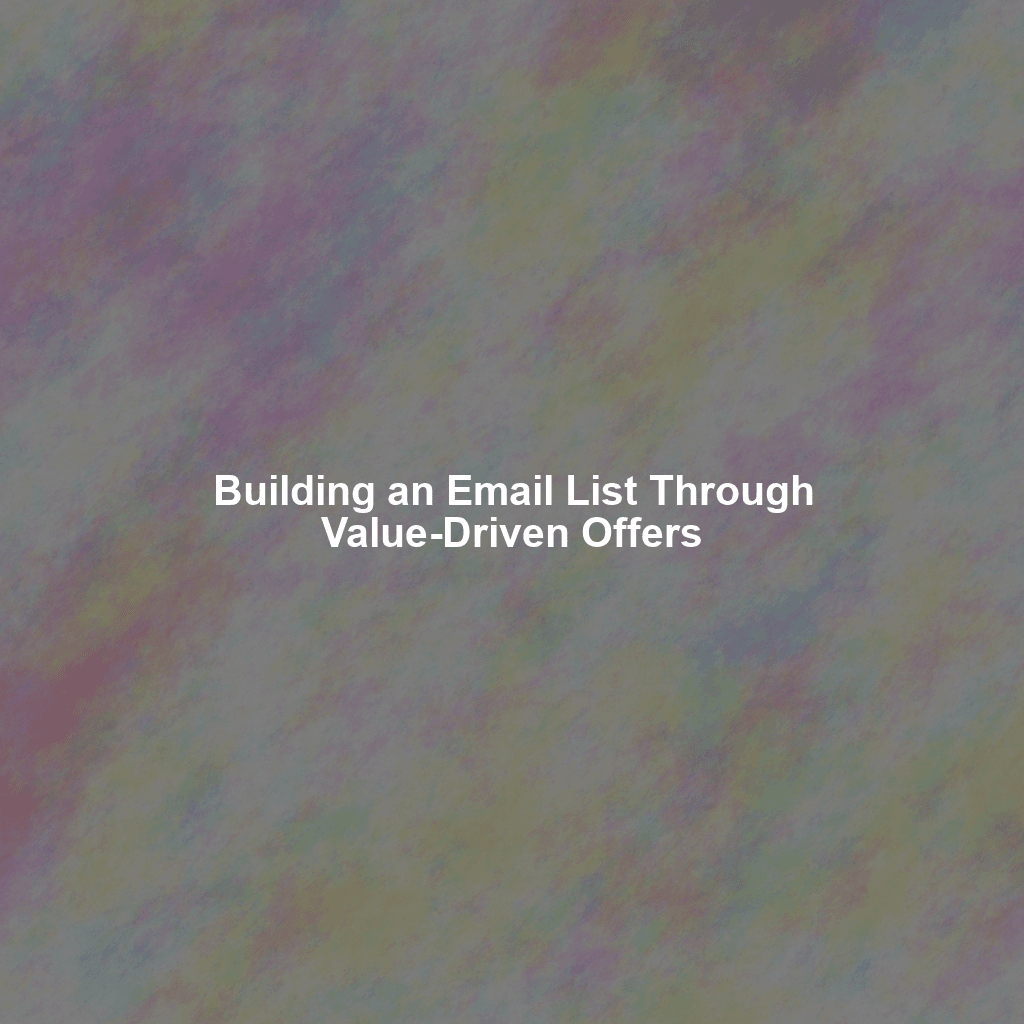Understanding the Content-to-Sales Connection
Before diving into strategies, it’s crucial to understand how content translates into actual sales. It’s not about creating random blog posts and hoping for the best. It’s about carefully mapping your content to the buyer’s journey and addressing their needs at each stage. This journey typically consists of awareness, consideration, and decision.
The Awareness Stage: Attracting Potential Customers
At this stage, potential customers are just beginning to recognize they have a problem or need. Your content should focus on educating them about the problem and positioning your brand as a knowledgeable resource. Think of it as casting a wide net. Examples include:
- Blog posts: Informative articles addressing common pain points in your industry. (Keyword focus: “problem X,” “solution to problem Y”)
- Social media updates: Engaging content that sparks interest and encourages sharing.
- Infographics: Visually appealing content that simplifies complex information.
- Videos: Short, attention-grabbing videos that introduce your brand and expertise.
The goal here isn’t to sell, but to attract and educate. Focus on providing value and establishing yourself as an authority.
The Consideration Stage: Nurturing Leads and Building Trust
Once potential customers are aware of their problem, they’ll start researching potential solutions. Your content at this stage should provide more in-depth information about your products or services and how they can address the customer’s specific needs. This is where you start nurturing leads and building trust.
- Ebooks and white papers: Comprehensive guides that offer in-depth solutions. (Keyword focus: “benefits of solution A,” “comparison of solutions B and C”)
- Case studies: Real-world examples of how your products or services have helped other customers.
- Webinars: Interactive presentations that provide valuable insights and allow for Q&A.
- Email marketing: Targeted email campaigns that deliver relevant content and promotions.
The key is to demonstrate your expertise and show customers how your offerings can solve their problems better than the competition. Use social proof and compelling data to build confidence.
The Decision Stage: Converting Leads into Customers
At the decision stage, customers are ready to make a purchase. Your content should focus on providing them with the information they need to make a confident decision and choose your brand. This is where you seal the deal.
- Product demos: Showcase the features and benefits of your products in action.
- Free trials: Allow customers to experience your products firsthand.
- Pricing pages: Clearly outline your pricing plans and options.
- Customer testimonials: Share positive reviews and experiences from satisfied customers.
- Sales pages: Compelling pages that highlight the key benefits of your products and services and include a strong call to action.
Make it easy for customers to buy. Offer clear calls to action, secure payment options, and excellent customer support. Address any remaining concerns and provide reassurance.
Content Strategy: Planning for Success
A haphazard approach to content marketing rarely yields positive results. To truly drive sales and revenue, you need a well-defined content strategy. Here are some key steps:
1. Define Your Target Audience
Who are you trying to reach? Understanding your target audience is paramount. Create detailed buyer personas that outline their demographics, psychographics, needs, and pain points. This will inform the type of content you create and the channels you use to distribute it.
2. Conduct Keyword Research
Identify the keywords your target audience is using to search for information related to your products or services. Use keyword research tools to find relevant keywords with high search volume and low competition. Incorporate these keywords naturally into your content to improve your search engine rankings.
3. Create a Content Calendar
Develop a content calendar that outlines the topics, formats, and publication dates for your content. This will help you stay organized and ensure a consistent flow of content.
4. Choose the Right Content Formats
Experiment with different content formats to see what resonates best with your target audience. Consider blog posts, ebooks, videos, infographics, case studies, webinars, and more.
5. Optimize Your Content for SEO
Make sure your content is optimized for search engines by using relevant keywords, writing compelling meta descriptions, and building high-quality backlinks. A strong SEO strategy will increase organic traffic and lead to more sales.
6. Promote Your Content
Don’t just create content and hope people will find it. Actively promote your content through social media, email marketing, and other channels. Consider paid advertising to reach a wider audience.
7. Track Your Results and Adjust Your Strategy
Use analytics tools to track the performance of your content and identify what’s working and what’s not. Monitor key metrics such as website traffic, lead generation, and sales conversions. Adjust your strategy based on the data you collect.
Content Optimization for Sales Conversion
Creating valuable content is only half the battle. You also need to optimize it to drive sales conversions. Here’s how:
1. Use Strong Calls to Action (CTAs)
Every piece of content should have a clear call to action that tells the reader what you want them to do next. Examples include “Download our free ebook,” “Request a demo,” or “Get a free quote.” Make your CTAs prominent and easy to click.
2. Incorporate Lead Magnets
Offer valuable resources in exchange for contact information. Lead magnets can be ebooks, white papers, checklists, or free trials. This will help you build your email list and nurture leads.
3. Use High-Quality Visuals
Images, videos, and infographics can make your content more engaging and visually appealing. Use high-quality visuals that are relevant to your topic and help to illustrate your points.
4. Make Your Content Easy to Read
Use short paragraphs, clear headings, and bullet points to make your content easy to scan and read. Use a font size that is easy on the eyes and avoid using jargon or technical terms that your audience may not understand.
5. Optimize Your Landing Pages
If you’re driving traffic to landing pages, make sure they are optimized for conversions. Use clear headlines, compelling copy, and a strong call to action. Make sure your landing pages are mobile-friendly and load quickly.
Measuring Content Marketing ROI
Demonstrating the ROI of your content marketing efforts is crucial for securing budget and gaining buy-in from stakeholders. Here are some key metrics to track:
Website Traffic
Track the number of visitors to your website and the sources of that traffic. This will help you understand which content is driving the most traffic.
Lead Generation
Track the number of leads generated by your content. This will help you understand which content is most effective at attracting leads.
Sales Conversions
Track the number of sales that can be attributed to your content marketing efforts. This is the ultimate measure of ROI.
Customer Engagement
Track metrics such as social media shares, comments, and likes. This will help you understand how engaged your audience is with your content.
Cost Per Lead
Calculate the cost per lead generated by your content marketing efforts. This will help you compare the cost-effectiveness of your content marketing to other marketing channels.
Use analytics tools like Google Analytics to track these metrics and generate reports. Present your findings to stakeholders in a clear and concise manner.
Real-World Examples of Content Driving Sales
Let’s look at a few examples of companies that are successfully using content to drive sales and revenue:
Example 1: HubSpot
HubSpot is a leading marketing automation platform that relies heavily on content marketing. They create a vast library of blog posts, ebooks, webinars, and other resources that educate their target audience and attract new customers. Their content is highly optimized for SEO and generates a significant amount of organic traffic. They effectively use lead magnets to capture leads and nurture them through the sales funnel.
Example 2: Shopify
Shopify, an e-commerce platform, uses content to educate aspiring online store owners. They offer guides on everything from choosing the right products to sell to marketing your online store. Their content is practical, actionable, and highly valuable to their target audience. This establishes them as an authority and attracts potential customers to their platform.
Example 3: Buffer
Buffer, a social media management tool, uses content to educate marketers about social media best practices. They share tips, strategies, and insights that help their audience improve their social media marketing efforts. Their content is highly engaging and shareable, which helps them reach a wider audience and attract new customers.
Conclusion: Content – Your Sustainable Sales Engine
Content marketing is no longer a “nice-to-have” – it’s a necessity for businesses looking to thrive in the digital age. By understanding the buyer’s journey, creating a strategic content plan, and optimizing your content for conversions, you can transform your content into a powerful engine for driving sales and revenue. Remember to consistently analyze your results and adapt your strategy to stay ahead of the curve. With dedication and a data-driven approach, content marketing can be a sustainable and highly effective way to grow your business.
 Skip to content
Skip to content

